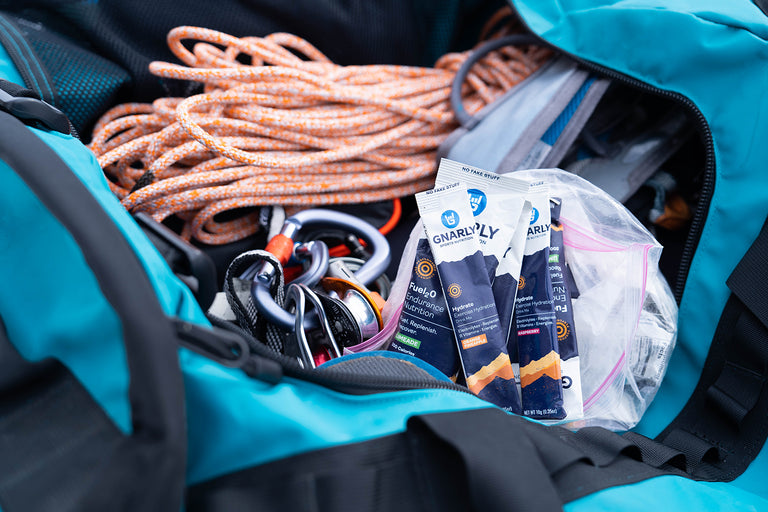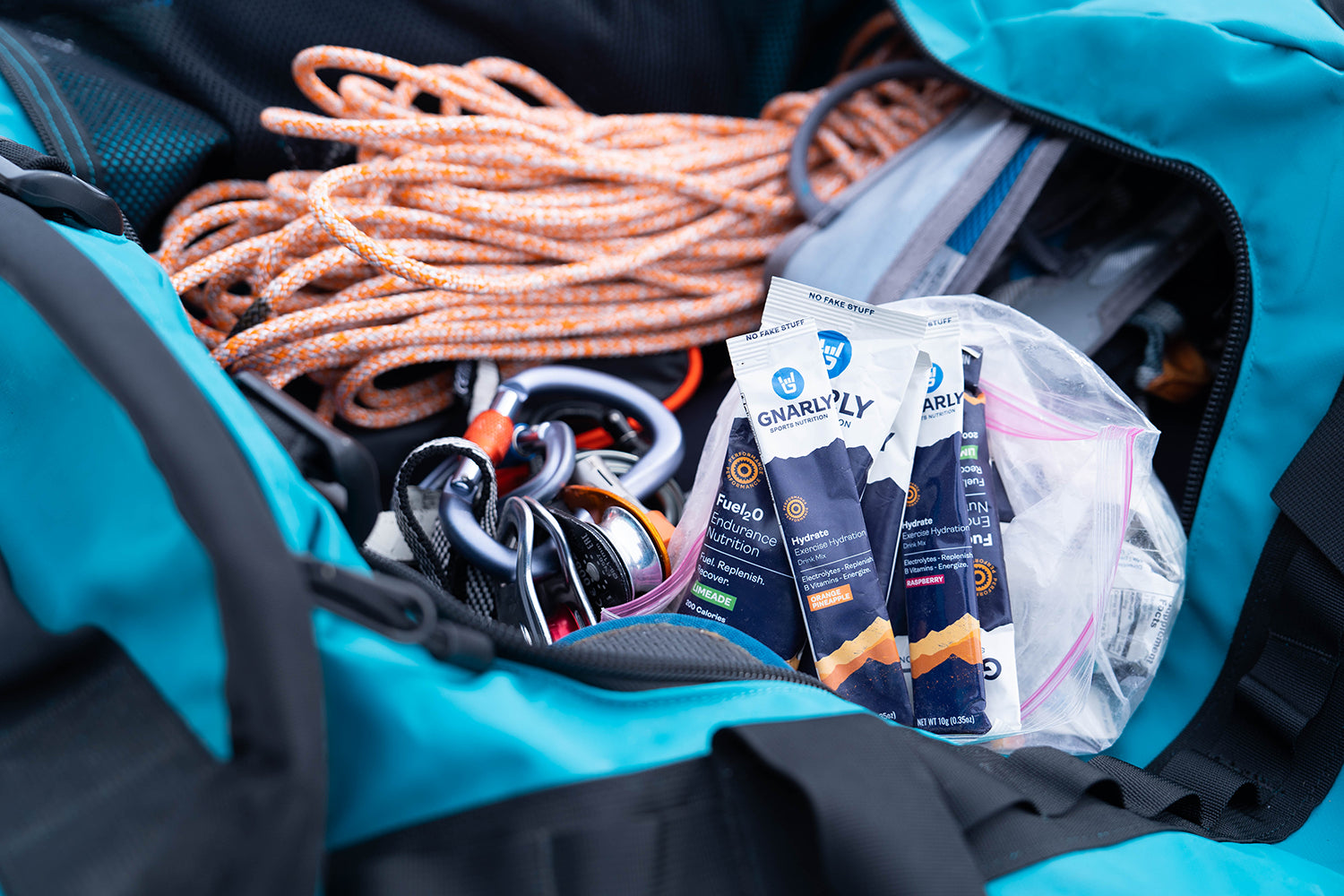The early stages of planning an expedition are often a coffee table covered in books and maps, along with a hard drive filled with spreadsheets, photographs, and book marked pages. It requires a vision, and a desire to want more. I find that it’s not “more” in the physical sense, but spiritual. It is the desire to explore, experience, and immerse yourself in the wild places of the world. There are moments of raw life that can only be lived among the mountains. Maybe that sounds wildly whimsical, but that’s just my take.
Your destination, intended objectives, the size of your party, and time of year will all determine what is needed to plan a successful expedition. The further removed you are from the developed world, the more involved the planning will be. Travel and logistics are generally your first hurdle to cross. Once you’ve determined how you will get to a location then you have to address how you’ll survive. In the case of planning an expedition to the arctic in the spring, survival is a very real subject of conversation. My partner Luke and I set off toward Baffin Island on what would be the longest ski expedition we’d ever been on. We intended to spend 24 days, unsupported, climbing and skiing couloirs in one of the most remote places in the world. He and I had spent some time together in a tent, but we’re certainly not experts. Every expedition is a learning experience. I’ve never returned from a trip feeling like there was nothing that I would have done differently. That’s part of the beauty of exploration. Sometimes you get put in your place, and with any luck you have the opportunity to walk away a little bit wiser. Over time you build knowledge and skill sets that suit your objectives, and allow you to explore a little bit further.
We’d planned several expeditions together, but this one was unique. I’d never traveled to such a remote area. Because of the complications involved with traveling to a place like Baffin, it only made sense in our minds to spend a significant amount of time there. Therein lay the next complication. We traveled to Clyde River, a small Inuit community of roughly 1,000 people. We knew that when we arrived we would have very little to no access to resources. There is only one store in Clyde River, and its selection is limited and generally unreliable. You might find familiar food items on the shelves, but the sticker shock is very real. An onion costs around six dollars. All of our gear, food and supplies would have to be transported there with us. In my mind, gear and supplies are pretty straight forward. There are things that you need to survive. Stoves, fuel, shelter, and protection are among the common denominators. For a ski expedition the list includes skis, skins, ice tools, crampons etc. That leaves us on the subject of food.
To determine how to feed the 2 of us for 24 days was no small task. We’d considered our options for transporting our food to our destination. In the end we decided that purchasing our food in Ottawa, and packing it up to Clyde River would be the most practical option to fulfill our needs. Perishability was an important factor as well. We had to focus on dried, canned, or otherwise preserved food items. Our breakfasts would consist of oats, dried fruit, nut butter, and honey. On several occasions we attempted to make pancakes on an XGK(cooking stove) and the results were less than thrilling. Lunch was often on the go as we were traveling across the ice, or climbing a couloir. Tortillas, cured meat & cheese, trail mixes of sorts, and bars would generally get us through the day. A block of chocolate is never a bad addition. Dinner would be our most substantial meal, which also meant that it would require the most preparation. For ease of use we both packed an allowance of freeze dried meals which we alternated into the rotation of rice, beans, pasta and soup(Pro-tip from someone who’s not a pro - the mylar bags used for freeze dried meals make great reusable pouches to keep other food items warm in cold environments). Just the act of maintaining your water supply will consume much of your time at camp. Every night consisted of making water from snow that we’d gathered, cooking food with that water, and then preparing water for the following morning.
The routine of eating the same meals repeatedly can become quite monotonous. There were days that I’d have to remind myself to continue to eat to maintain. Nutrition is important when you’re trying to function at a high level of physical output day to day for an extended period of time. In our planning we’d incorporated a series of supplements to help support us throughout our time on the ice. We’d brought 1-2 servings per day of Gnarly Nutrition’s grass-fed whey protein, Fuel2O, and Hydrate. The whey promotes muscle recovery and includes probiotics that are helpful with digestion and gut health that can be affected by the consumption of preserved foods(Freeze dried meals are a prime example, as they tend to be hard for your body to break down, and frequently lead to an upset stomach). I utilized Fuel2O in conjunction with Hydrate to maintain energy during our long days of climbing and skiing. We’d frequently travel 10-12 miles to access objectives, so maximizing the efficiency of the fluids you carry is key. The sea ice we traveled across was salt water and was not potable if melted down, so most of our water had to be harvested from snow on the banks of the fjords. While you can certainly support yourself on whole foods alone supplements have the potential to provide efficient and effective sources of key nutrients that you may not account for in your meal planning. A balanced food program for expeditions can make all of the difference. Having fuel that appropriately matches your intended activity is important. With that being said, it’s also important to remember to bring along some comforts that remind you of how beautiful a bite of food can be. Don’t ever forget your bars of chocolate, Sour Patch Kids, and your crunchy-salty-savory snacks. The rest will allow you to survive, but those little love notes to yourself will allow you to thrive.
Preparation for a long adventure can seem like a daunting task. I’d be dishonest if I said that it doesn’t overwhelm me at times. In the end it’s important to determine the scope of the project at hand, identify the different components required, and address each component individually utilizing the resources that are available to you. Guidebooks, trip reports, emails, letters; whatever it takes. The experiences that you have along the way will be the silver linings that make life’s stories worth telling. Get out into the world and explore.



